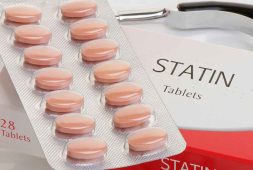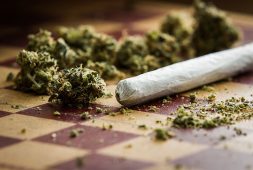
The constant rising costs of medications have forced some people who take insulin to ration or even stop their diabetes treatment, which could have negative implications on their overall health. The move discussed follows a $35 price cap set by Medicare that took effect last January. This could actually help lower insulin costs for many younger and uninsured people who are in dire need to help.
This is why famous pharmaceutical company Eli Lilly has made the decision to lower the sticker price on some of its most commonly used types of insulin by as much as 70 percent. This could lower the out-of-pocket costs for many patients by as much as $35. While this might seem like much, it is a big deal for those who are required to take the meds regularly.
The move is set to be made effective immediately. Hence, Lilly will automatically cap out-of-pocket costs at $35 for the drugs that are available at many retail pharmacies. This will be especially good for those who have private health insurance as well as allow anyone who don’t have health benefits to download a savings card. This will give them the same price slash. The company made the announcement in a March 1 statement.
Lilly also announced that starting in April, it will sell a biosimilar version of its slow-acting injectable called Lantus insulin pens for $92 per five pack of KwikPens. This means that patients get a 78 percent discount.
In May, Lilly will further lower prices for its nonbranded mealtime insulin Humalog to just $25 per vial. By the end of the year, Lilly will also lower the price of its most commonly prescribed insulin, which is branded Humalog, by as much as 70 percent.
“The aggressive price cuts we’re announcing today should make a real difference for Americans with diabetes,” said David A. Ricks in a statement. He is Lilly’s chair and chief executive officer. “Because these price cuts will take time for the insurance and pharmacy system to implement, we are taking the additional step to immediately cap out-of-pocket costs for patients.”
Difficult Decisions Made Due to the Rising Insulin Prices
Average retail prices for insulin went up as much as 54 percent from 2014 to 2019. This was report last year by GoodRx. During the COVID-19 pandemic when millions of Americans were experiencing financial difficulties for necessities, insulin prices went down to a mere 5 percent, GoodRx also said in the report.
Steep insulin prices have resulted to one in six Americans to make the tough decision to ration their medicine. To do this, they skipped doses or delayed their prescription refills, as per a study in the November 2022 Annals of Internal Medicine.
Congress managed to pass a legislation last year and it had taken effect this January. The move was made to cap insulin costs at $35 for those who were insured by Medicare, the U.S. government health program for those 65 years and older. Congress also thought about capping insulin prices for the younger people as well and those with access private insurance. Unfortunately, this legislation ultimately didn’t pass. This is why the move made by Lilly was much appreciated.
“We applaud Eli Lilly for taking the important step to limit cost-sharing for its insulin, and we encourage other insulin manufacturers to do the same,” Charles Henderson said. He is the chief executive officer of the American Diabetes Association and he released a statement last March 1.
1 in 10 Americans Have Diabetes
About 37 million people suffer from diabetes, as per the Centers for Disease Control and Prevention (CDC). Another one-third of Americans, or a total of 96 million people, have been diagnosed with prediabetes. This was when blood sugar was slightly high but not too high to get a full-blown diabetes diagnosis.
Diabetes was essentially a terminal condition. When insulin was discovered a century before, this changed lives. The scientists who discovered insulin won the Nobel Prize for Medicine in 1923. Soon after this happened, Eli Lilly increased manufacturing of this new treatment, according to the American Diabetes Association.
People with type 2 diabetes don’t have the ability to make or use enough of the hormone insulin to convert the sugars found in food into energy. This accumulates in their bloodstream eventually. As for type 1 diabetes, they make little or no insulin. Both kinds can be treated with insulin kin order to keep their blood sugar levels in what is considered healthy.



